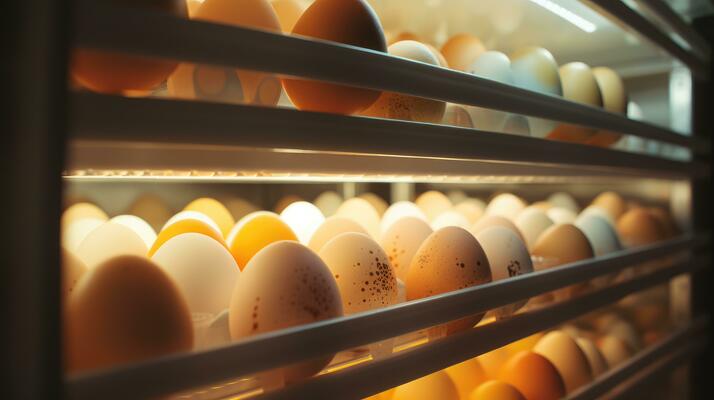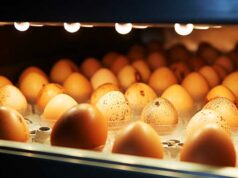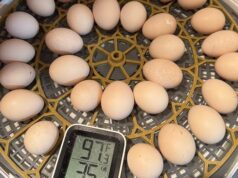Incubating eggs is a fascinating process that many chicken lovers enjoy. However, what happens when you don’t have access to electricity? Knowing how to incubate eggs without electricity can be an essential skill for those living off-grid or in areas where power outages are common. This guide will explore the methods and practices to ensure a successful hatch without relying on traditional electrical incubators.

Understanding the Basics of Egg Incubation
What is Egg Incubation?
Egg incubation is the process of keeping fertilized eggs in an environment that mimics the conditions provided by a brooding hen. This involves maintaining the right temperature, humidity, and turning the eggs regularly to ensure proper development.
The Importance of Temperature
Temperature is a critical factor in egg incubation. The ideal temperature for most poultry eggs is around 99 to 102 degrees Fahrenheit. Without electricity, maintaining this temperature consistently can be challenging, but not impossible.
Methods for Incubating Eggs Without Electricity
Using a Broody Hen
One of the most natural and effective ways to incubate eggs without electricity is by using a broody hen. A broody hen is one that is naturally inclined to sit on eggs and hatch them. This method requires little intervention and is highly successful if you have a reliable broody hen.
Creating a Manual Incubator
If a broody hen is not an option, you can create a manual incubator. This involves using materials like wool, straw, and proper insulation to create a warm environment. Regular checks and adjustments are needed to maintain the correct temperature and humidity.
Solar-Powered Incubators
For those with access to sunlight, solar-powered incubators can be an excellent solution. These incubators use solar panels to harness energy and maintain the necessary conditions for egg incubation without relying on the electrical grid.
Maintaining Humidity and Ventilation
Importance of Humidity
Humidity is another crucial factor in egg incubation. Too much or too little humidity can affect the hatch rate. You can maintain humidity by adding water trays or using damp cloths. For more detailed guidance on maintaining humidity, check out this humidity guide.
Ensuring Proper Ventilation
Proper ventilation is essential to provide fresh air to developing embryos. Ensure your incubation setup allows for adequate air exchange without causing drastic changes in temperature and humidity.
Additional Tips for Successful Incubation
Egg Turning
Regularly turning the eggs is necessary to prevent the embryo from sticking to the shell. If using a manual method, mark the eggs and turn them at least three times a day.
Candling Eggs
Candling is the process of checking the development of embryos inside the eggs. For detailed instructions on how often to candle eggs, visit this candling guide.
Monitoring Progress
Regular monitoring of temperature, humidity, and egg turning will increase the chances of a successful hatch. Keep a record of your observations to make necessary adjustments.
After Hatching Care
Once the chicks have hatched, providing proper care is crucial for their survival and growth. Ensure they have a warm, safe environment and access to food and water. For more information on chick care, check out this chick care guide.
Conclusion
Learning how to incubate eggs without electricity is a valuable skill for any poultry enthusiast. Whether you choose to use a broody hen, create a manual incubator, or explore solar-powered options, patience and attention to detail will be your best allies in achieving a successful hatch.

FAQs
Can I use a candle to check egg development?
Yes, candling is a method to observe the embryo’s development inside the egg. It’s a simple and effective way to monitor progress.
How often should I turn the eggs?
Eggs should be turned at least three times a day to prevent the embryo from sticking to the shell.
What if I don’t have a broody hen?
If a broody hen is unavailable, consider creating a manual incubator or using a solar-powered incubator.
For more detailed beginner guides on hatching eggs, visit this external resource.
This article contains affiliate links. We may earn a commission at no extra cost to you.











